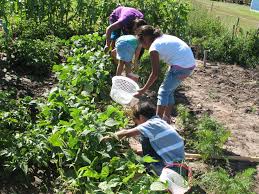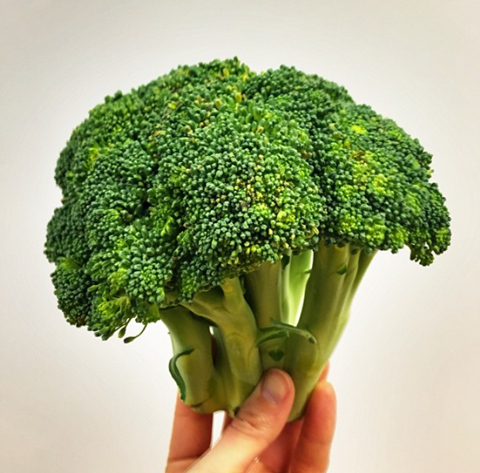Is Community Gardening Right for You?
The following information may be useful to you if you are thinking about becoming agardener in this neighborhood council.
Benefits and Rewards
Despite the extra responsibilities, community gardening is immensely popular with many benefits!
If you’ve never gardened in a community garden before, you can look forward to more than fresh fruits and veggies.
• Community gardens are common ground for growing plants that feed, heal and give aesthetic pleasure.
• Community gardens are a civic space where people work to nourish themselves, their families and friends.
• Gardeners’ shared labor builds a stronger sense of belonging to their physical environment and connection to others in their community.
• Community gardens encourage interaction with nature and nurture green spaces.
• Community gardens often set aside space for community get-togethers, serving as the modern-day equivalent of the ancient plazas in urban areas where people would gather to meet and spend time together.
• Community gardens are places of cultural exchange, sprouting new friendships among diverse groups of people.
• Interest in urban gardening has often led to community-based efforts to deal with other social concerns.
• Many people have developed leadership skills as a result of being involved with their community garden.
By choosing to be in a community garden, you’ll be gardening in close proximity to others. You can learn from these folks either actively (by asking questions) or passively (by observation). People of different cultural backgrounds garden differently; if your community garden is culturally diverse, you may be surprised at what you’ll learn even if you’ve been gardening many years.
A Typical Growing Season
A garden plot requires time and constant effort at least 7 months out of the year in order to produce a healthy harvest.
Here are some basic tasks that will be required of you:
• Preparing Your Plot. You must clear your plot of weeds early in the growing season to reserve your plot. Healthy soil leads to healthy plants, so chemical weed-killers, fertilizers and pesticides are not allowed. Loosening your soil and adding compost before you plant will make your plants healthier and more resistant to pests and disease.
• Planting. You must take care in planning your garden, placing plants in places where they will grow best, without overcrowding, and within 6″ of the drip irrigation lines.
• Providing Water. Springtime in Utah is usually relatively wet, but your seedbeds may need to be hand-watered daily until sprouts appear above ground, usually the first 10-20 days. . Gardeners can depend timed drip irrigation systems once plants are established, and mulching the surface with leaves or straw will prevent further water loss while smothering weeds. However, during extremely hot and dry periods, you may need to supplement the drip system with occasional hand watering.
• Weeding. Time will be needed to keep weeds down in your plot and its surrounding pathways. By getting to weeds early in the spring, you will save on time and effort later in the season.
• Harvesting. As plants mature and begin to produce, you must be there to harvest the fruits of your labor – the best reward of gardening! Keeping ripe produce picked reduces garden pests and vandalism.
• Preparing for Winter. At the end of the season, remove dead plant material and trellising from your plot. Your soil will require a boost after giving so much to you throughout the growing season. Reward your soil by loosening it and incorporating compost and dried leaves.
Below you will find a general estimate of what having a garden plot will require:
GARDEN TASK SPRING SUMMER FALL
Weeding/Bed Preparation 2 hours 2 hours 1 hour
Watering 1 hour .5 hour 0 hour
Planting 1.5 hours .5 hour .5 hour
Harvesting .5 hour 1 hour 1.5 hours
Total Hours per Week 5 hours 4 hours 3 hours
Involvement Outside of Your Plot
Overall garden care and maintenance is the collective responsibility of all gardeners, and requires your volunteer commitment. In addition to tending your own plot, you are required to contribute at least 6 hours per season to tend common areas or participate in projects that benefit the garden as a whole. Some examples are maintaining paths, weeding common areas, pruning back trees and bushes. This may occur individually or through scheduled group work days.
Participatory and Inclusive Environment
Our gardens are inclusive and welcoming to all people. Garden members shall not discriminate on the basis of race, creed, color, national, or ethnic origin, religious, marital status, age, sex, sexual orientation, or disability in its garden membership and the administration of its programs.





